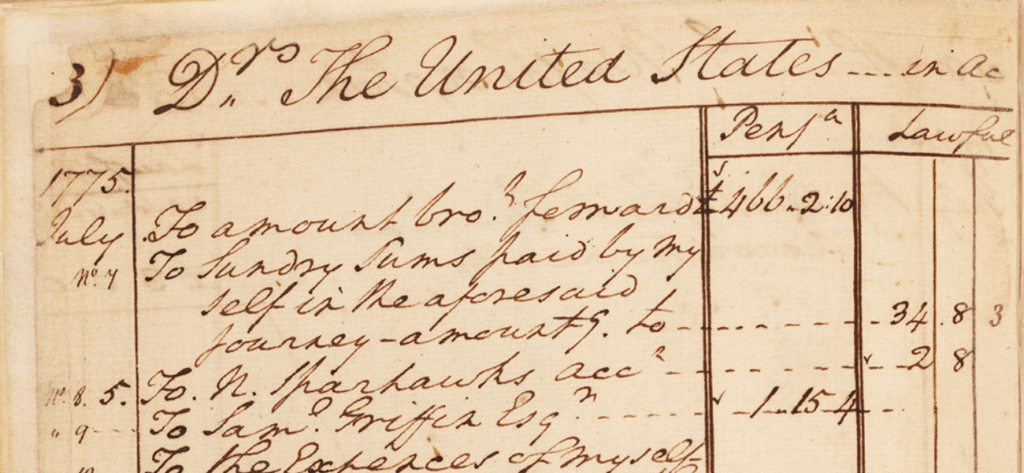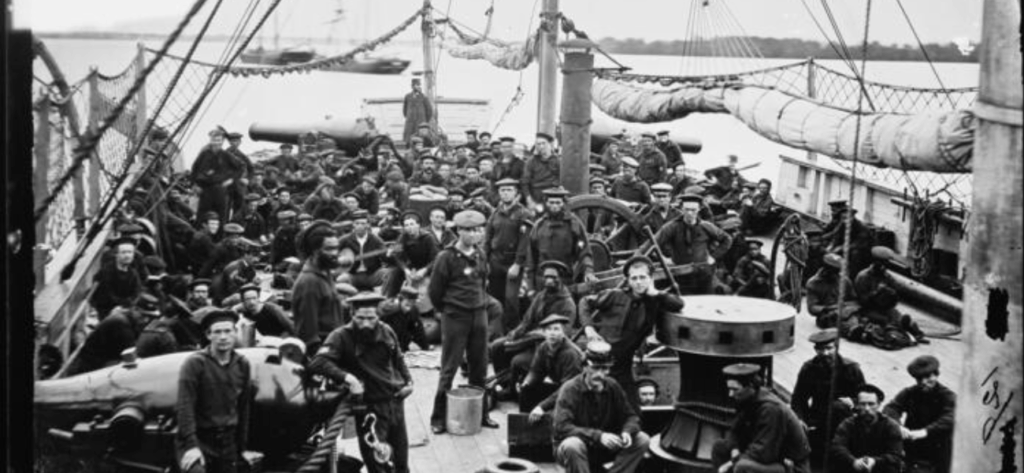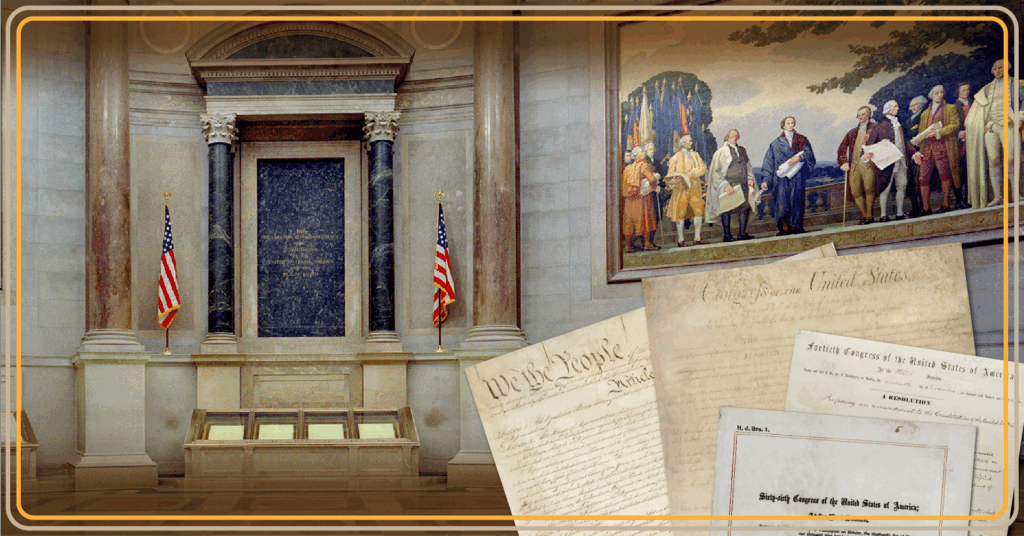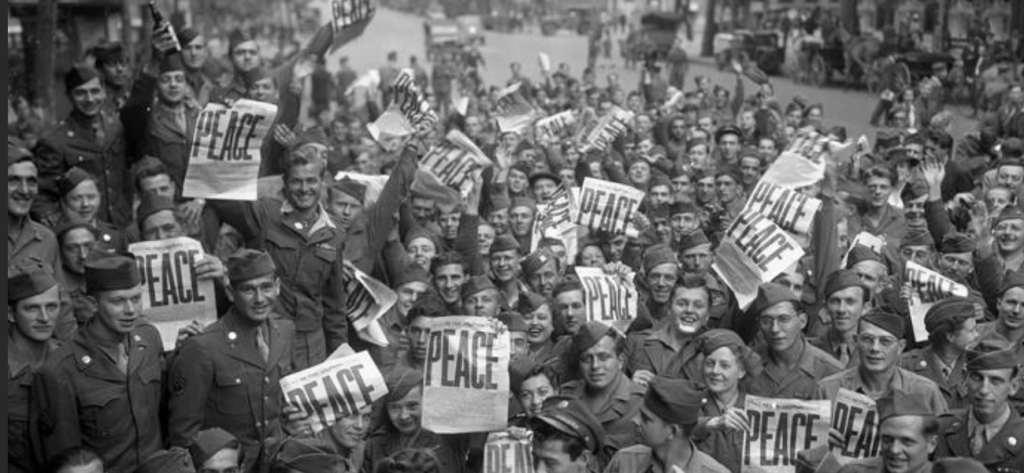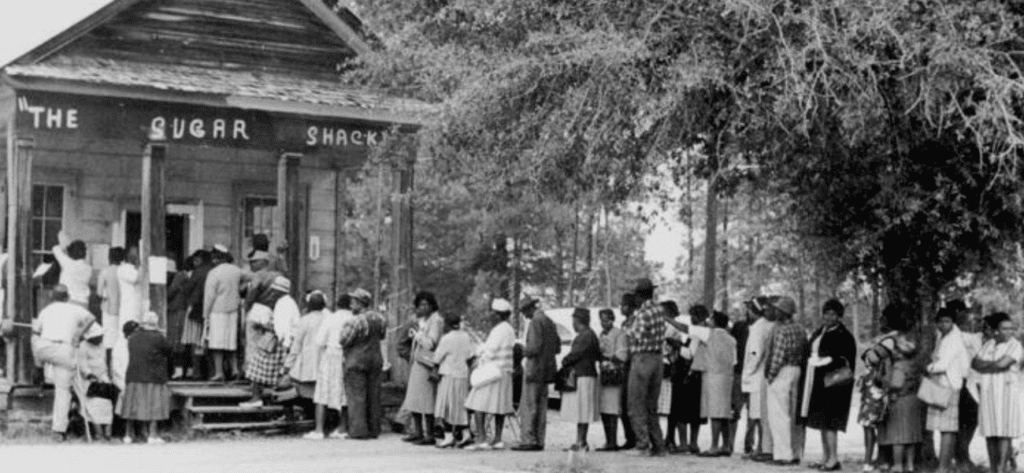On Display 3/4/2025 – Present

Mary Sears posing behind stacks of work, January 1, 1960. Photo courtesy of Woods Hole Oceanographic Institution Archives
During World War II, navigating the Pacific Ocean’s perilous tides and currents posed a constant challenge to the U.S. Navy. To update their maps and intelligence, the Navy established an Oceanographic Unit in 1943. The team of scientists was led by Mary Sears, a marine biologist commissioned as a lieutenant junior grade in the women’s division of the Naval Reserve, the WAVES. The unit’s intelligence reports successfully predicted tide times, analyzed undersea conditions for submarines, and identified landing beaches. Sears and her team saved countless American lives and helped change the course of the war in the Pacific.

Joint Army-Navy Intelligence Study of Southwest Japan, JANIS 84, Chapter 3 (Mary Sears), August 1944. Records of the Naval Intelligence Command
View in the National Archives Catalog

Commendation letter issued to Mary Sears by Admiral Chester W. Nimitz, May 20, 1946. Records of the Bureau of Naval Personnel
View in the National Archives Catalog
More online resources:
Military Records Research: Research by Branch
Pieces of History: WAVES: It’s a Woman’s War Too!
The Text Message: Mainbocher: Designer of the “Best Dressed women in the World”
The Unwritten Record: Spotlight on Veterans: Navy Women in Parachute Rigger Training
History Hub: Army and Air Force Records

